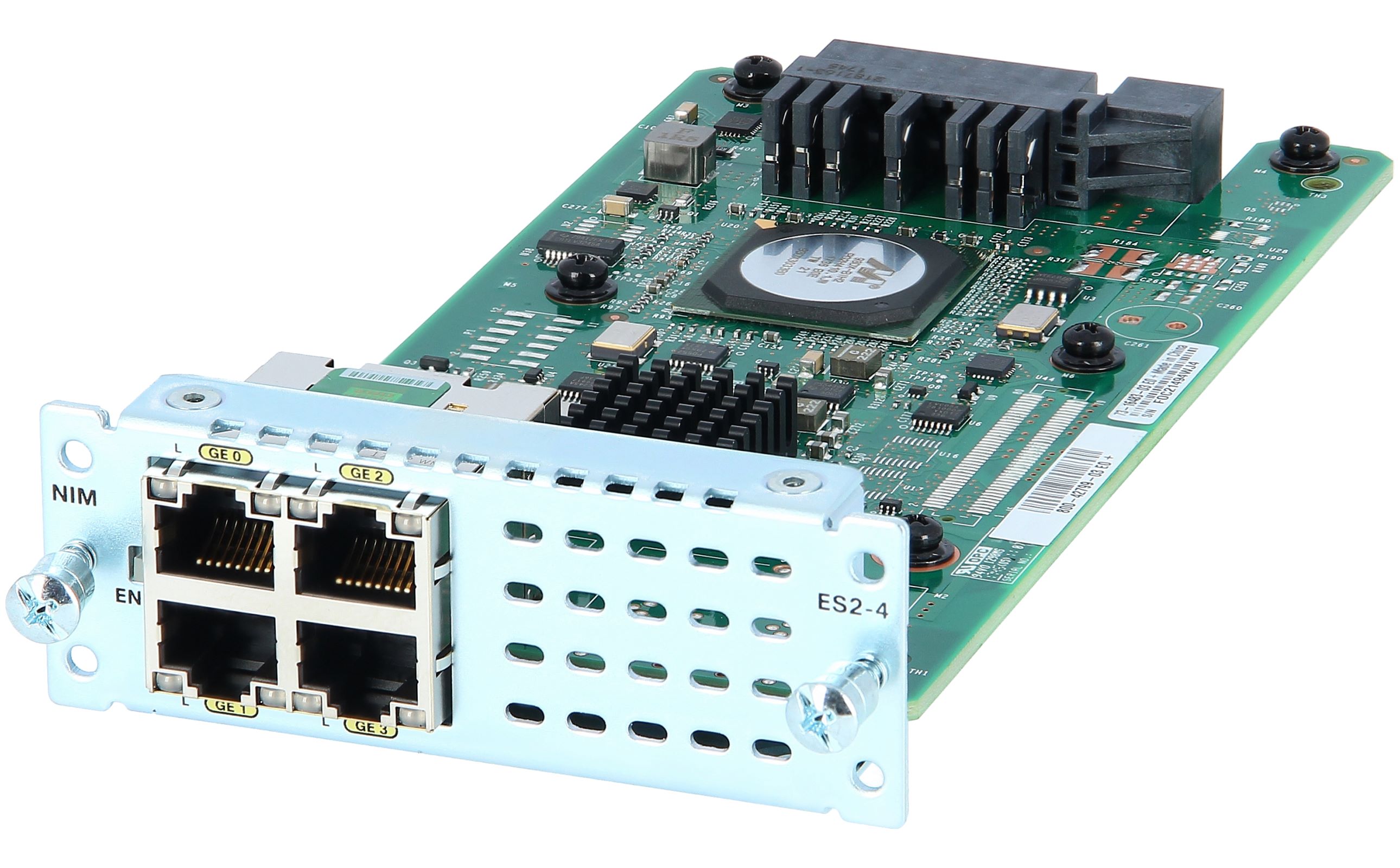Enhanced System 2.0 (ES2.0) is transforming the educational landscape by introducing cutting-edge methodologies and technologies to enhance learning experiences. Designed to elevate user engagement and improve educational outcomes, ES2.0 is at the forefront of the digital age's educational revolution. This article delves into the foundational concepts of ES2.0, its diverse applications, the benefits it offers, and its role in shaping the future of learning.
The transition from conventional learning systems to ES2.0 marks a significant advancement in educational technology. As we explore this topic further, we will uncover the multifaceted aspects of ES2.0, including its influence on personalized learning, the integration of artificial intelligence, and its impact on both educators and learners. By the conclusion of this article, readers will possess a thorough understanding of ES2.0 and its pivotal role in today's educational environment.
Whether you are an educator, a student, or an enthusiast of educational innovation, this article aims to provide valuable insights into ES2.0. Supported by data and statistics, this exploration ensures a well-rounded perspective on this transformative approach to education.
Read also:Exploring The Life Of Keith Yandles Wife The Quiet Force Behind The Nhl Legend
Table of Contents
- What is Enhanced System 2.0?
- The Benefits of Enhanced System 2.0
- Applications of Enhanced System 2.0
- ES2.0 and Personalized Learning Strategies
- Technological Foundations of ES2.0
- Challenges in Implementing ES2.0
- Real-World Case Studies of ES2.0
- The Future Potential of Enhanced System 2.0
What is Enhanced System 2.0?
Enhanced System 2.0 (ES2.0) represents a paradigm shift in educational approaches, blending traditional educational foundations with advanced technologies and methodologies. This innovative framework focuses on creating more engaging, interactive, and personalized learning experiences tailored to meet the diverse needs of learners.
At its essence, ES2.0 aims to enhance cognitive processes by integrating various tools and techniques that cater to different learning styles. By fostering collaboration, improving knowledge retention, and deepening understanding, ES2.0 creates an environment where learners can thrive and educators can deliver more impactful lessons.
The Benefits of Enhanced System 2.0
Implementing ES2.0 offers a multitude of advantages for both learners and educators:
- Heightened Engagement: ES2.0 leverages interactive elements, gamification, and multimedia resources to captivate learners' attention and maintain their interest throughout the learning process.
- Personalized Learning Experiences: With the help of data analytics and artificial intelligence, ES2.0 tailors learning experiences to align with individual preferences, needs, and learning paces.
- Enhanced Collaborative Opportunities: ES2.0 promotes collaborative learning through advanced platforms that enable learners to connect, share knowledge, and engage in meaningful discussions with peers.
- Superior Academic Outcomes: Studies indicate that learners utilizing ES2.0 methodologies often achieve better academic results compared to those in traditional learning environments.
Applications of Enhanced System 2.0
ES2.0 finds application across a wide range of educational contexts:
- K-12 Education: Schools are increasingly adopting ES2.0 principles to create dynamic and engaging learning environments that cater to students of all ages.
- Higher Education: Universities are integrating ES2.0 technologies to enhance curriculum delivery, foster student engagement, and improve overall educational outcomes.
- Corporate Training Programs: Businesses are embracing ES2.0 strategies to develop effective training and development programs that empower employees to grow and succeed.
ES2.0 and Personalized Learning Strategies
One of the most remarkable features of ES2.0 is its commitment to personalized learning. This approach acknowledges the uniqueness of each learner and provides tailored strategies to support individual success. Through adaptive learning technologies, ES2.0 adjusts content, resources, and assessments based on the specific needs of each learner.
For instance, learners encountering difficulties with particular concepts can access additional resources, while those excelling in their studies can be challenged with advanced materials. This ensures that every learner receives the support necessary for their educational journey, ultimately leading to improved outcomes and greater satisfaction.
Read also:Exploring The Life And Relationships Of Sarah Gilman
Technological Foundations of ES2.0
The foundation of ES2.0 lies in its technological advancements, which include:
- Artificial Intelligence: AI algorithms analyze learner data to provide personalized recommendations and insights, enhancing the learning experience.
- Learning Management Systems (LMS): These platforms streamline the delivery of content and enable educators to track learner progress effectively.
- Virtual and Augmented Reality: Immersive technologies create engaging learning experiences that simulate real-world scenarios, making abstract concepts more tangible.
Challenges in Implementing ES2.0
While ES2.0 offers numerous benefits, its implementation presents certain challenges:
- Financial Investment: The initial costs associated with acquiring technology and training educators can be substantial for educational institutions.
- Resistance to Change: Some educators and institutions may be reluctant to adopt new methodologies and technologies, preferring to stick with traditional approaches.
- Data Privacy Concerns: The collection and analysis of learner data raise important questions about privacy and security that must be carefully addressed.
Real-World Case Studies of ES2.0
Several institutions have successfully implemented ES2.0 strategies:
- Case Study 1: A K-12 school district incorporated gamification into its curriculum, resulting in a 20% increase in student engagement and participation levels.
- Case Study 2: A university adopted adaptive learning technologies, leading to a 15% improvement in student retention rates and overall academic performance.
The Future Potential of Enhanced System 2.0
Looking ahead, ES2.0 is expected to become a fundamental component of educational systems worldwide. With continuous advancements in technology and a growing emphasis on personalized learning, the potential for ES2.0 to revolutionize education is immense.
To summarize, ES2.0 signifies a transformative shift in how we approach learning and knowledge acquisition. By harnessing the power of technology and personalized strategies, ES2.0 enhances engagement, fosters collaboration, and improves academic outcomes. As educators and learners embrace this innovative approach, we can anticipate a more dynamic and effective educational landscape in the years to come.
We invite you to share your thoughts on ES2.0 in the comments section below. If you found this article enlightening, consider sharing it with others or exploring more about educational innovations on our platform.
Thank you for joining us in exploring the exciting world of Enhanced System 2.0. We look forward to your return for more insightful content in the near future!


